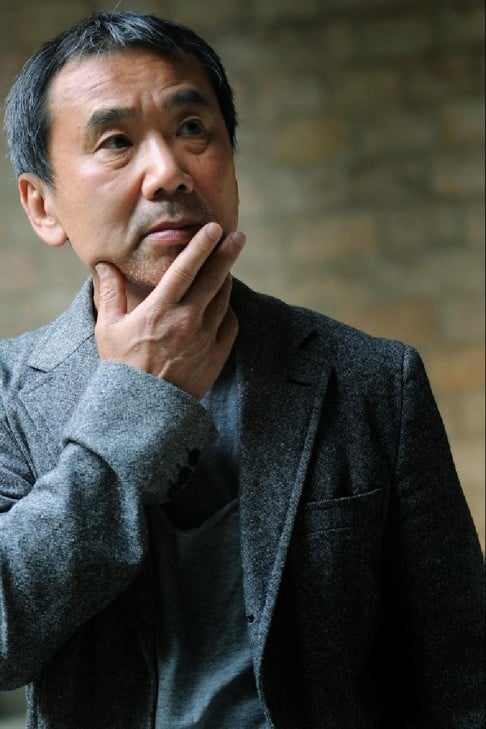Book review: Haruki Murakami's Hear the Wind Sing/Pinball, 1973
Publication of these two early novels, which the author describes as 'much like friends from long ago', will only add to the Japanese writer's reputation


Magical, mystical and magnificent? Messy, middling and monotonous? Whatever. It doesn't matter what you think, because the publication of these two early novels by Haruki Murakami is only going to further enhance his reputation.
Murakami has reached that stage - 40-plus years into a stellar career - where he is unassailable, where the early work and the juvenilia are read in the vast bright burning light of the later work, which lends it all a lovely lambent glow. (1979) and (1980) - commercially available together in English translation, by Ted Goossen, for the first time - could be absolute drivel and still people would be fascinated. Fortunately, they are not drivel. Early Murakami isn't Murakami-in-the-making, it's already and entirely Murakami.
Take the introduction to the books, a lovely little essay titled , which provides him with the opportunity to rehearse the oft-told story of how he became a novelist, after leaving university, getting married, running a jazz bar and doing "hard physical labour" (by which Murakami means making sandwiches and cocktails).
The Murakami myth of origin goes like this: he was at a baseball game at Jingu Stadium in 1978 when a player named Dave Hilton hit a double and "In that instant, for no reason and based on no grounds whatsoever, it suddenly struck me: I think I can write a novel."

The story is important because it contains within it the essential elements of all of Murakami's fiction: a young man drifting through life who suddenly experiences some strange encounter or makes some profound decision. This, in short, is the story of Toru Watanabe in , Kafka in , and Toru Okada in , all coming-of-age stories about boy-men and rather vague, disturbingly sexy women, with generous splashes and hints of the surreal: the Murakami story.
According to Murakami, and "played an important role in what I have accomplished" and are "much like friends from long ago" - they will certainly seem very familiar to his many readers. Both short novels feature episodes in the life of an unnamed protagonist and his friend, the Rat, who hang out at J's bar - a familiar location in Murakami's early fiction. In the unnamed protagonist reminisces, muses about life, has sex, and reminisces and muses about having sex. The Rat, meanwhile, is depressed and J is gnomic. In , the same unnamed protagonist sets up a translation company, has sex with twins and becomes obsessed with playing pinball. The Rat remains depressed and J remains - of course - gnomic. That's pretty much it.
No one reads Murakami for the plot, though. What keeps the reader engaged are the Murakamian swerves, the long shots, the non sequiturs and the odd adjacencies. The books all read as if Raymond Chandler were writing scripts for David Lynch to direct with Yasujiro Ozu: super-elliptical pop-noir.
Both novellas are good of their kind - the Murakami kind - and , in which the protagonist sets out on a quest to find his favourite pinball machine, contains a magnificent set piece in a deserted warehouse in the middle of nowhere, filled with pinball machines. All of Murakami reads like a compilation of Murakami. and are like listening to a young musician learning classics and standards over and over again.
Hear the Wind Sing/Pinball, 1973 by Haruki Murakami (Bond Street Books)
For this story and more, see The Review, published with the Sunday Morning Post on August 30
